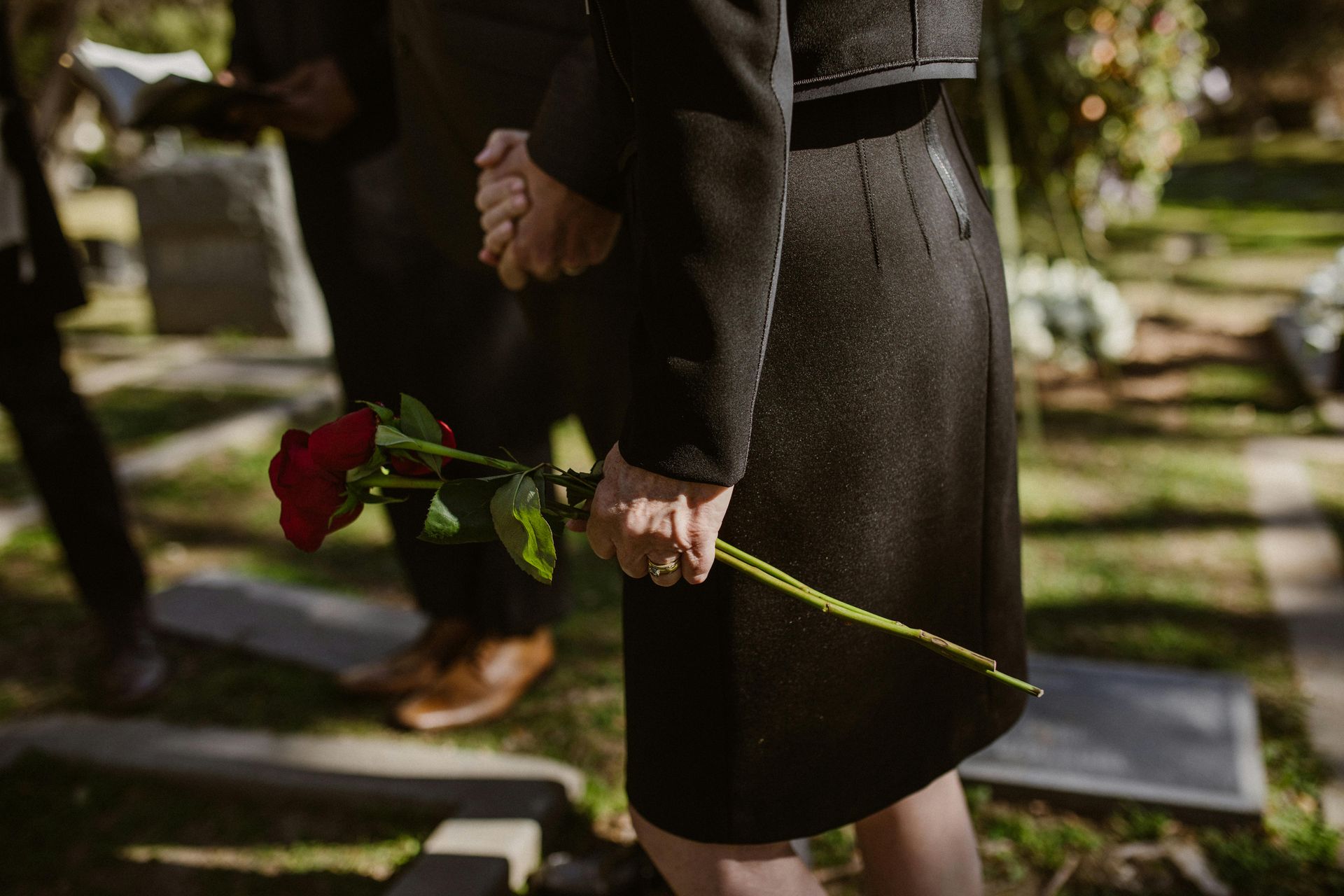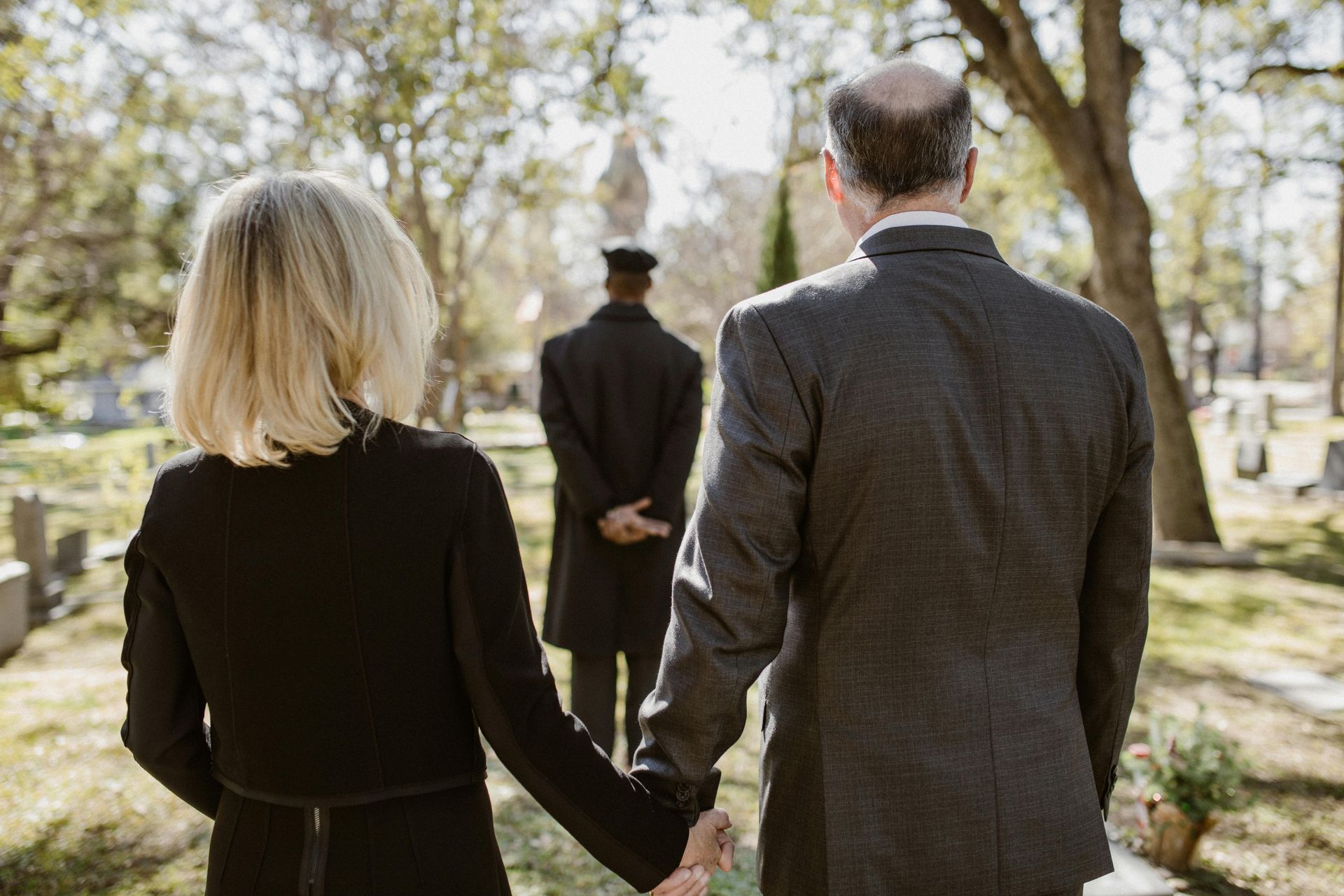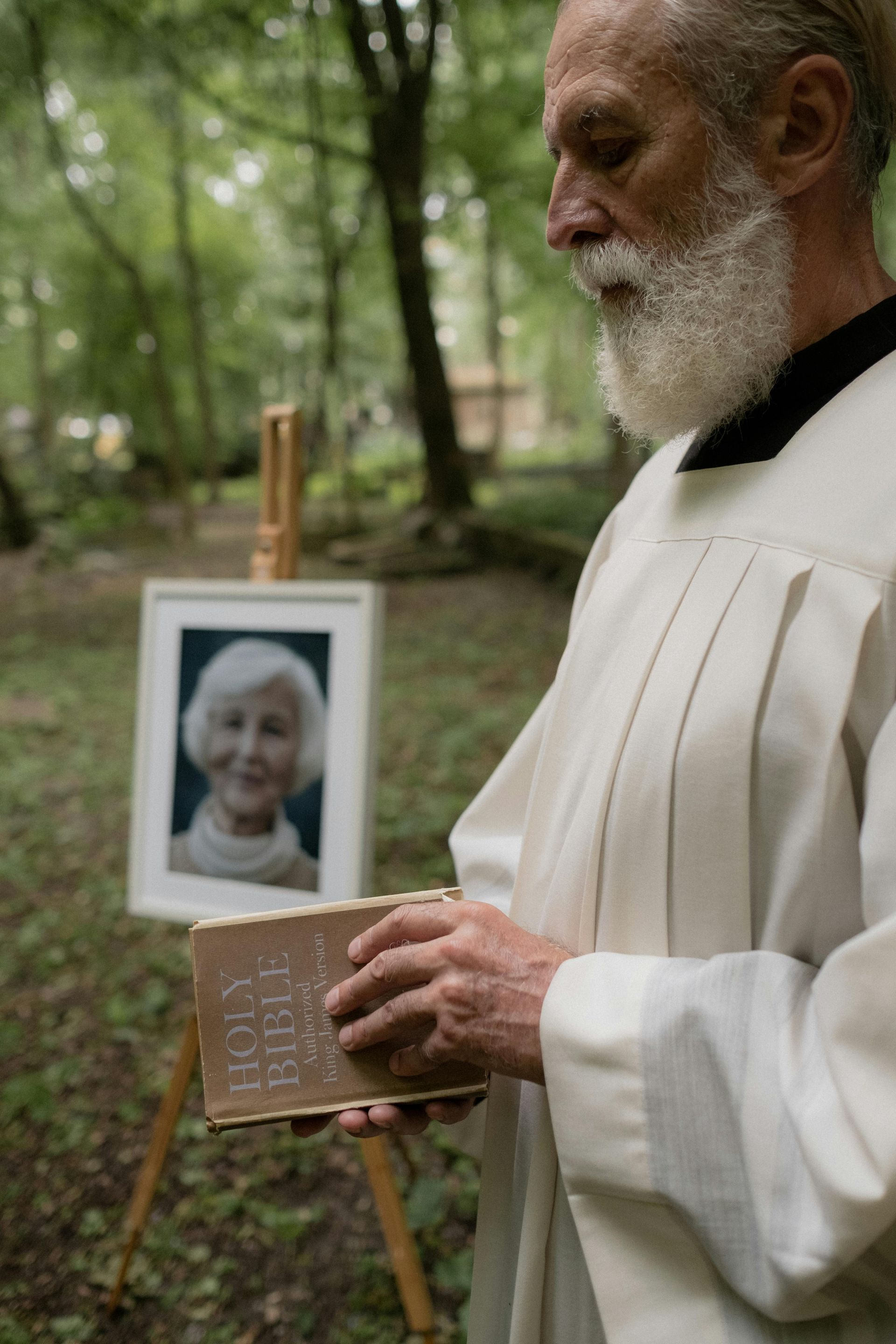What to Expect When We Meet
Meeting to plan a service can feel overwhelming, but the process is designed to guide you gently through important decisions while honoring the life of your loved one. Each step is handled with care, compassion, and respect for your family’s wishes. By preparing some information in advance, and bringing along items that hold special meaning, you can help shape a truly personal and meaningful tribute.
Guiding You Through the Details

Personalizing the Tribute
A meaningful service is built from the unique memories, passions, and values of the person being honored. Families are encouraged to bring photos, videos, music, crafts, or other keepsakes that capture their loved one’s spirit. These items can provide inspiration for creating a tribute that feels deeply personal and memorable. If you are unsure how to weave certain elements into the service, compassionate guidance and creative suggestions will be offered. The focus is always on celebrating individuality while providing comfort to those who gather.

Preparing Helpful Information

